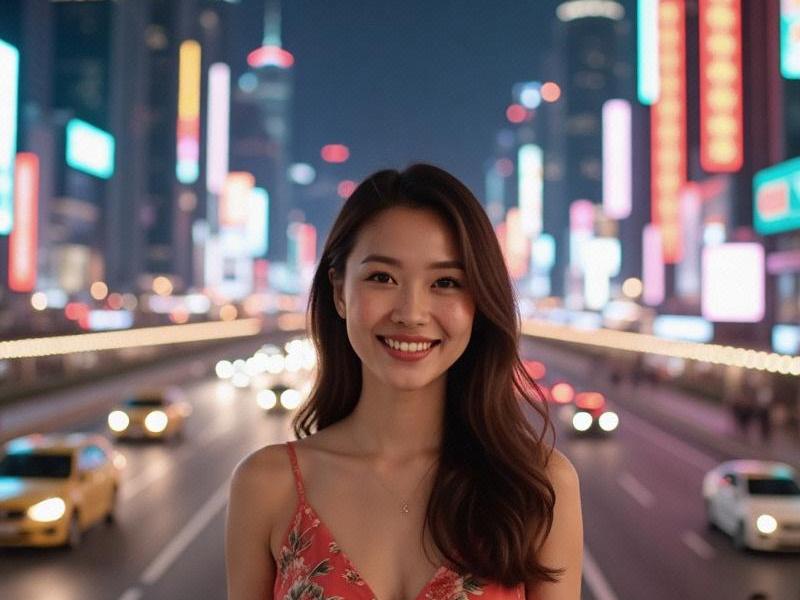An in-depth exploration of Shanghai's cultural transformation from industrial powerhouse to Asia's new creative capital, examining how art, architecture and innovation are reshaping the city's identity.

Section 1: The Cultural Infrastructure Revolution
1. Museum Boom
- The 2024 opening of Pudong Art Museum (designed by Tadao Ando)
- West Bund Museum Corridor attracting 6.2 million annual visitors
- Transformation of industrial spaces into cultural venues
2. Creative Districts
- M50's evolution from textile mills to contemporary art hub
- Tianzifang's labyrinth of galleries and craft studios
- The new "Digital Art Valley" in Minhang district
Section 2: The Creative Economy
爱上海最新论坛
1. Industry Growth
- Creative sector contributes 12.7% to Shanghai's GDP (2025)
- 38% year-on-year growth in digital content creation
- Government's "Design 2035" initiative
2. Global-Local Fusion
- International artists collaborating with Shanghainese craftsmen
- Fashion Week's mix of qipao traditions and avant-garde designs
- Culinary innovations blending huaiyang and Western techniques
Section 3: Challenges & Controversies
上海龙凤sh419
1. Gentrification Pressures
- Rising rents displacing local artists
- Authenticity concerns in "instagrammable" redevelopments
- Balancing tourism with creative production
2. Censorship & Expression
- Underground art collectives navigating red lines
- Performance art restrictions
- The paradox of creative freedom in China's financial capital
Section 4: Future Horizons
上海品茶论坛
1. Technology Meets Tradition
- Blockchain applications for art authentication
- AI-assisted cultural preservation
- Virtual reality heritage experiences
2. Global Cultural Leadership
- Shanghai's bid for World Design Capital 2028
- Emerging as rival to Tokyo and Seoul in soft power
- The "New Shanghai School" artistic movement
Conclusion: A Model for Chinese Cities
Shanghai demonstrates how megacities can cultivate vibrant creative ecosystems while maintaining cultural distinctiveness in the globalized era.